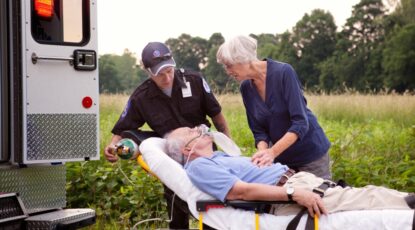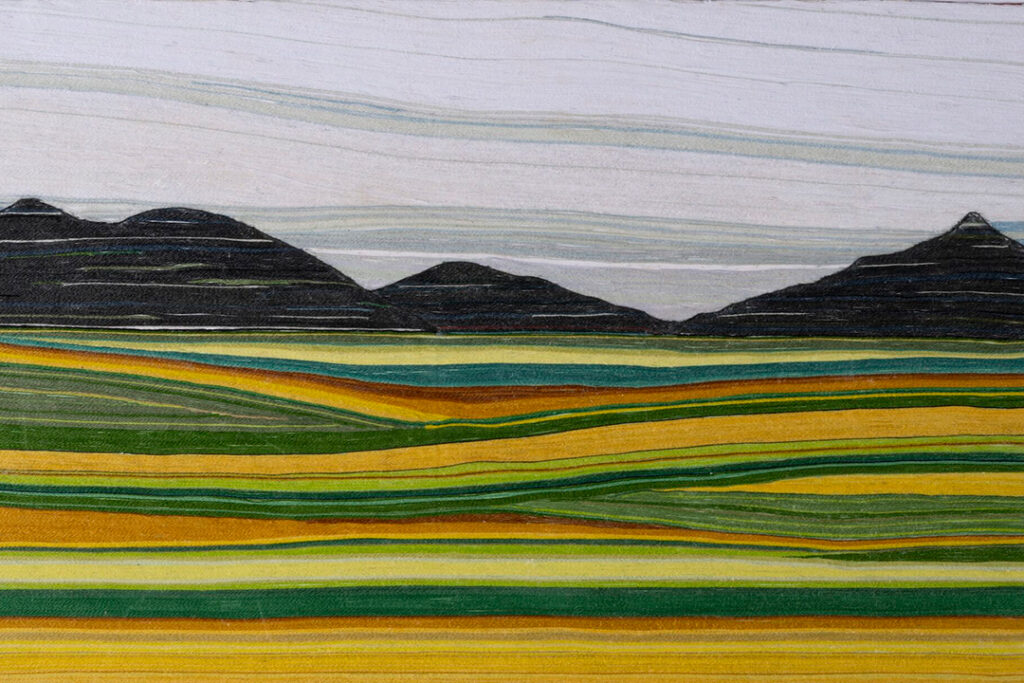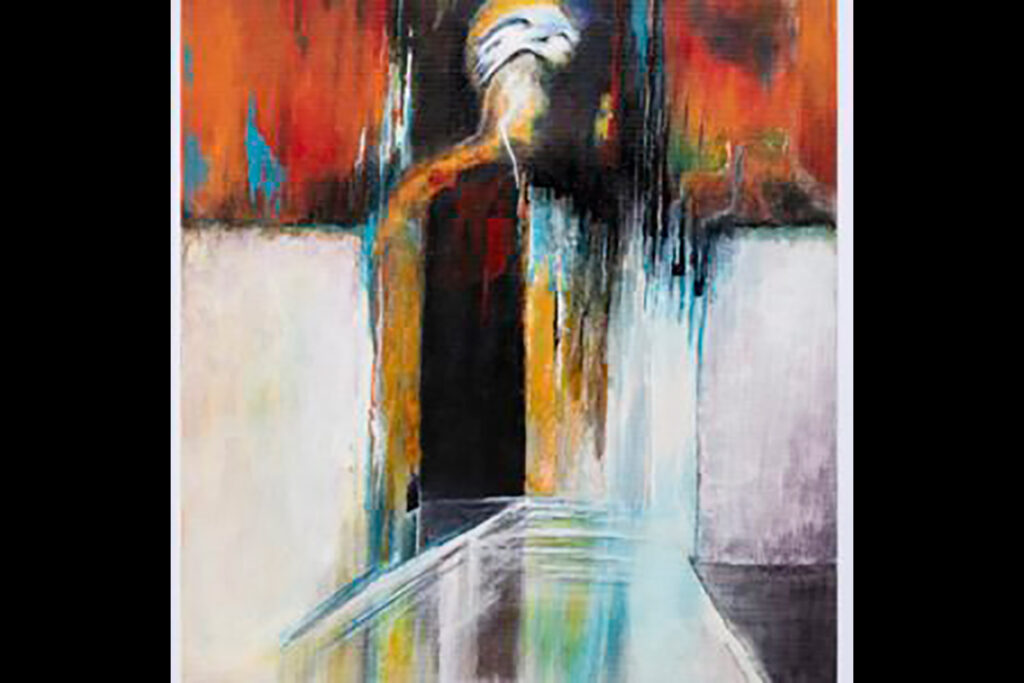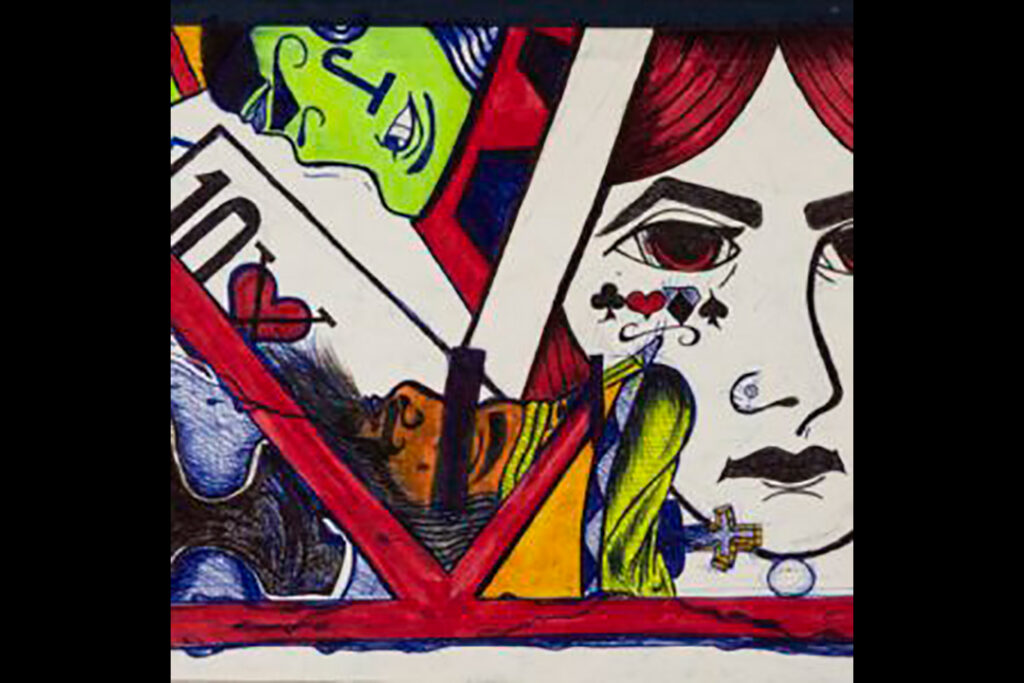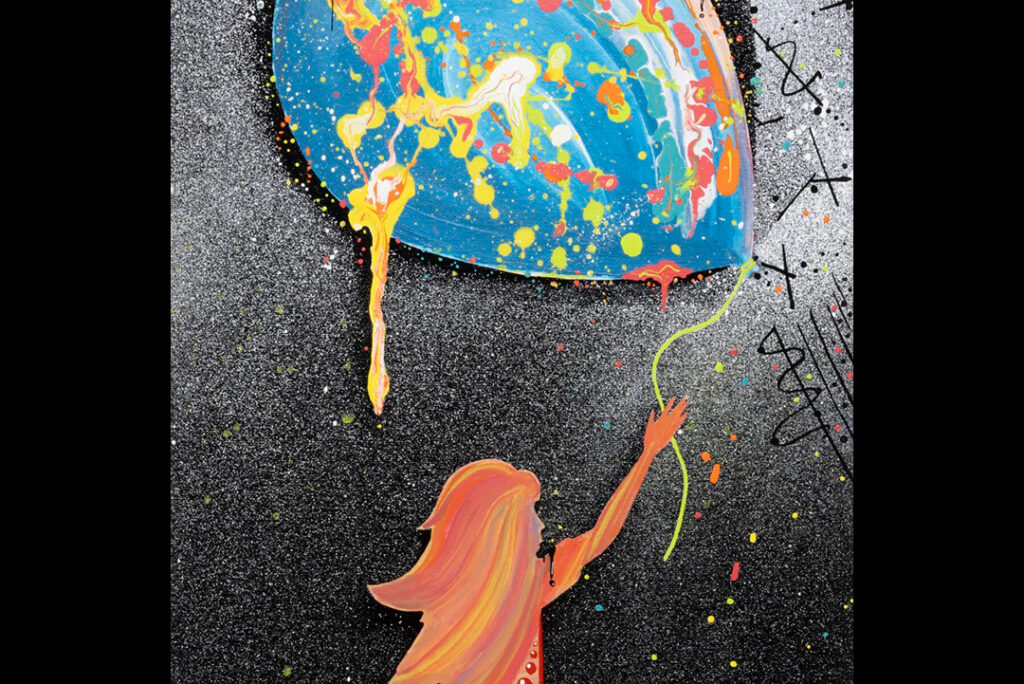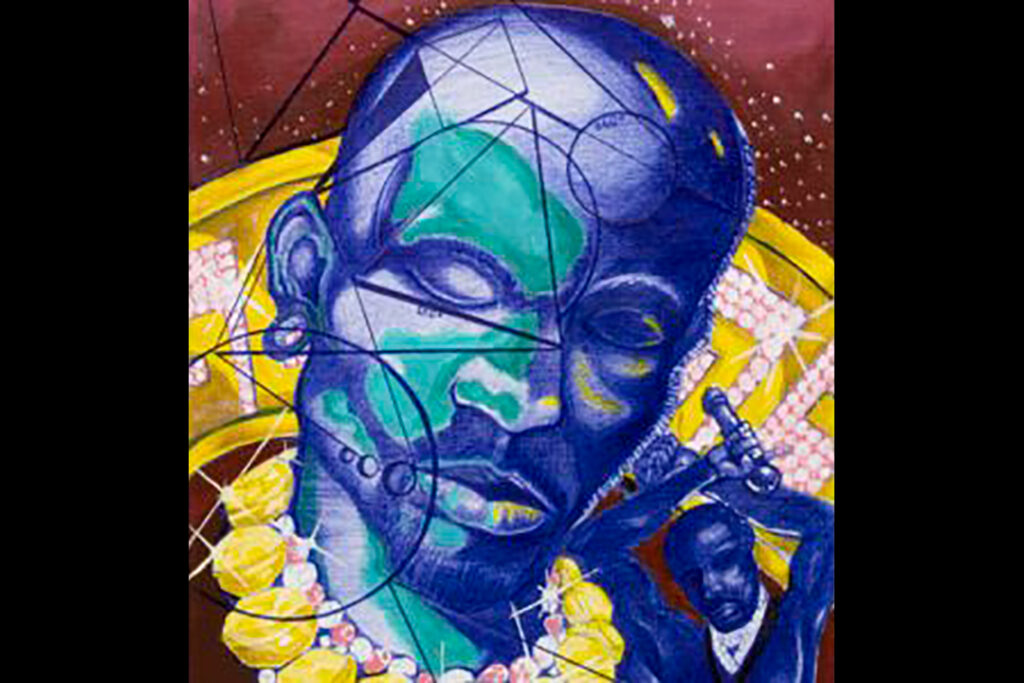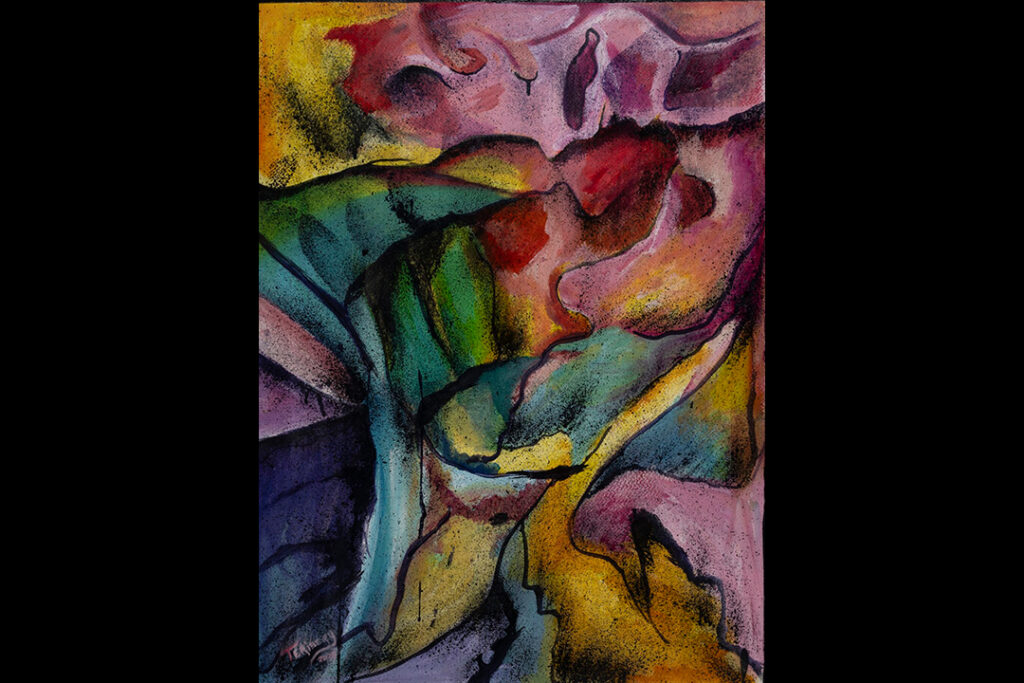Filling a gap: U-M students help combat Michigan’s shortage of rural dentists

Northern Michigan resident Becky Klein was surprised to learn that the dentists at the Thunder Bay Community Health Service clinic were students from the U-M School of Dentistry. They turned out to be just as competent and professional as seasoned practitioners, she said, and excellent communicators.
-
Michigan Ross Podcasts
Check out the series “Business and Society,” “Business Beyond Usual,” “Working for the Weekend,” and “Down to Business.”
-
The rise of AI
Artificial intelligence is dominating headlines — enabling new innovations that drive business performance — yet the negative implications for society remain an afterthought. Hear from experts at the Ross School of Business about this “fourth industrial revolution.” And fasten your seat belts, Wolverines. As Bette Davis once advised: “It’s going to be a bumpy night.”
-
Dementia becomes an emergency 1.4 million times a year
Accidents and behavioral disturbances lead the list of reasons for ER visits. And with about 6 million Americans currently estimated to have dementia, there’s a lot of opportunity to prevent future emergency visits by better supporting dementia caregivers, say U-M researchers.
-
Modest moss supports billions of tons of carbon storage
Did you know that over its lifetime, a tree can absorb more than a ton of carbon from the air and store it in wood and roots? Researchers now contend that mosses have the potential to store a massive amount of carbon in the soil beneath them, an important antidote to climate change.
-
An eye on the sky
The Extremely Large Telescope (or ELT) could change everything we know about the universe — including how the first galaxies were created and where life on other planets may exist. And U-M is the only U.S. university involved in helping develop it.
-
A surprisingly simple way to foil car thieves
Skyrocketing vehicle theft rates have drawn attention to an inconvenient truth: the increasing amount of technology in our vehicles can make them more vulnerable to hacking or theft. U-M researchers have found a solution, though, leveraging perhaps the lowest-tech feature of today’s vehicles — the cigarette lighter.
Columns
-
President's Message
Reaffirming our focus on student access and opportunity
U-M seeks to ensure every student will rise, achieve, and fulfill their dreams. -
Editor's Blog
Peace out
It's a mad, mad, mad, mad world out there. -
Climate Blue
Keeping our focus on climate
As federal support for climate science wanes, Ricky Rood remains hopeful. -
Health Yourself
Are you an ‘ager’ or a ‘youther’?
Why do some people appear younger or older than people born in the same year?
Listen & Subscribe
-

MGo Blue podcasts
Explore the Michigan Athletics series "In the Trenches," "On the Block," and "Conqu'ring Heroes." -

Michigan Ross Podcasts
Check out the series "Business and Society," "Business Beyond Usual," "Working for the Weekend," and "Down to Business." -

Michigan Medicine Podcasts
Hear audio series, news, and stories about the future of health care.
Creativity and connection across prison walls
One of the world’s largest and longest-running exhibitions of incarcerated artists is back with new programming designed to foster connection and deepen public understanding of incarceration in Michigan. The 29th annual Exhibition of Artists in Michigan Prisons, curated by U-M’s Prison Creative Arts Project, showcases 772 artworks by 538 artists incarcerated in 26 state prisons. The Duderstadt Center Gallery on U-M’s North Campus is presenting the artwork through April 1.

